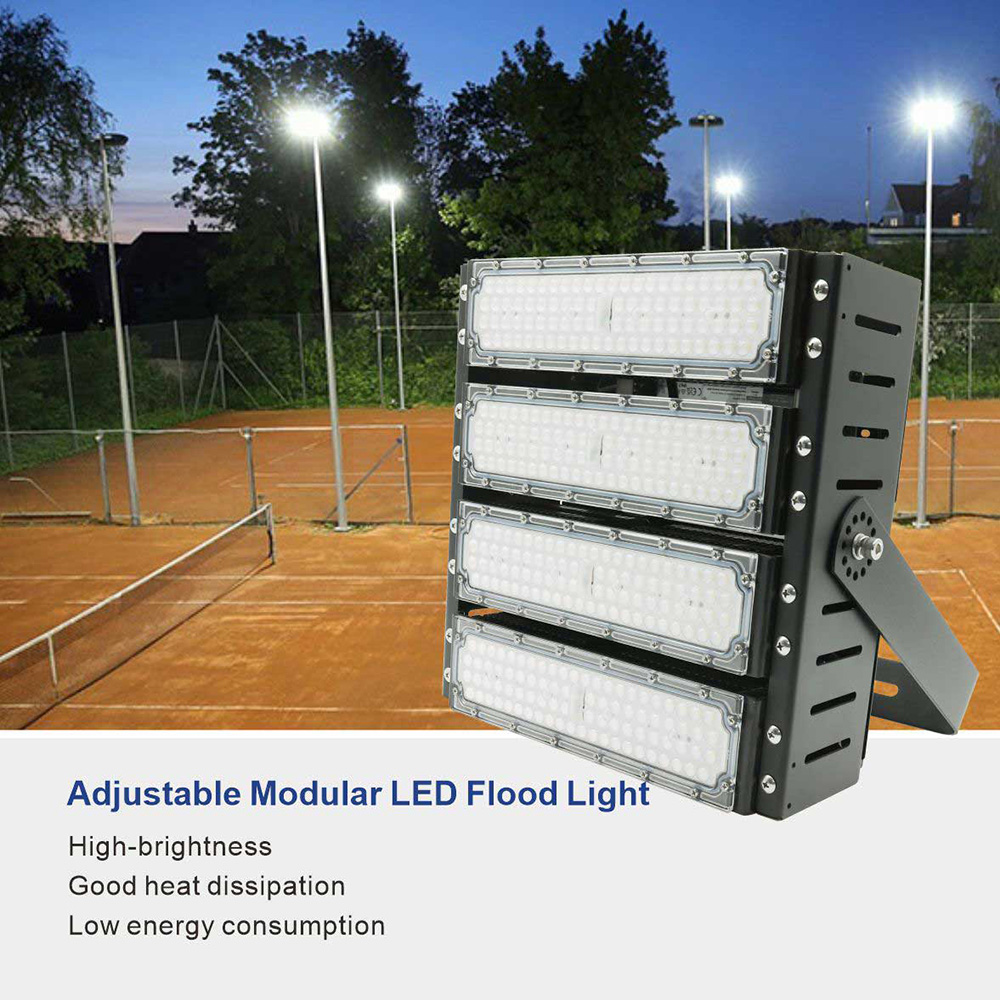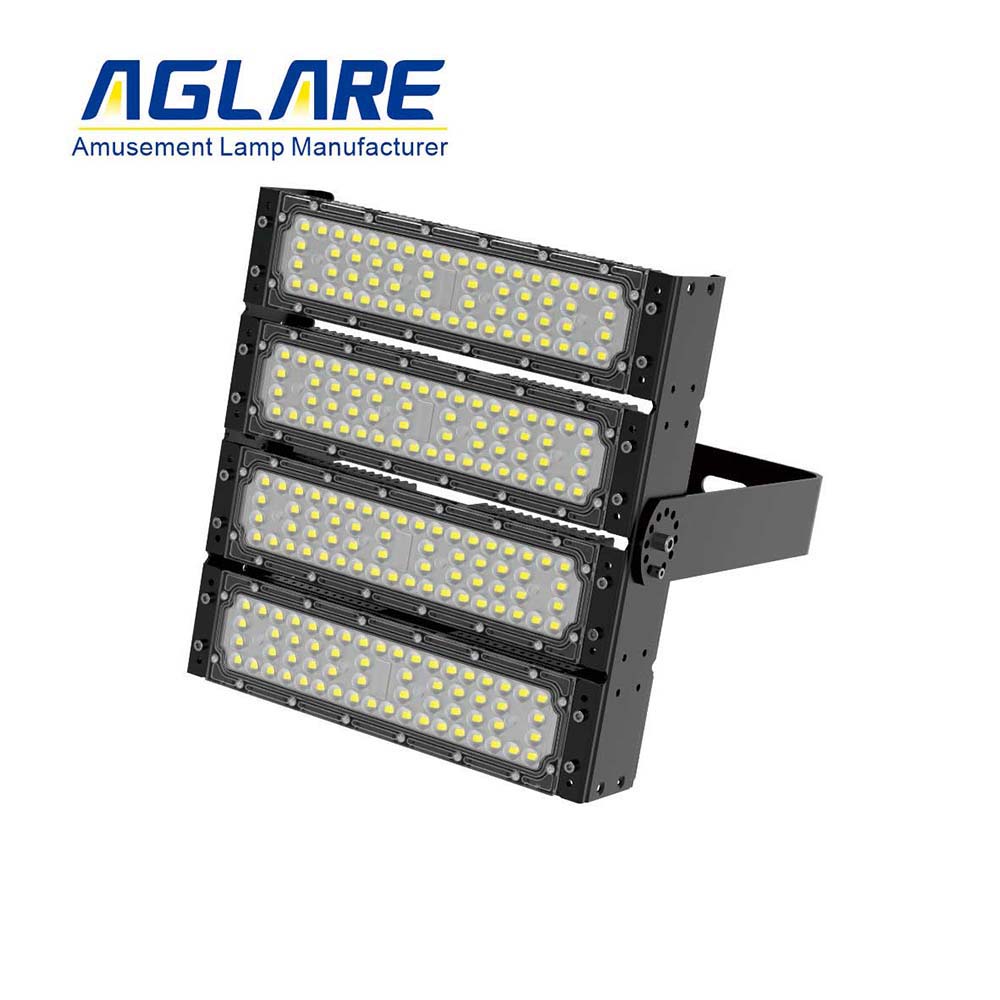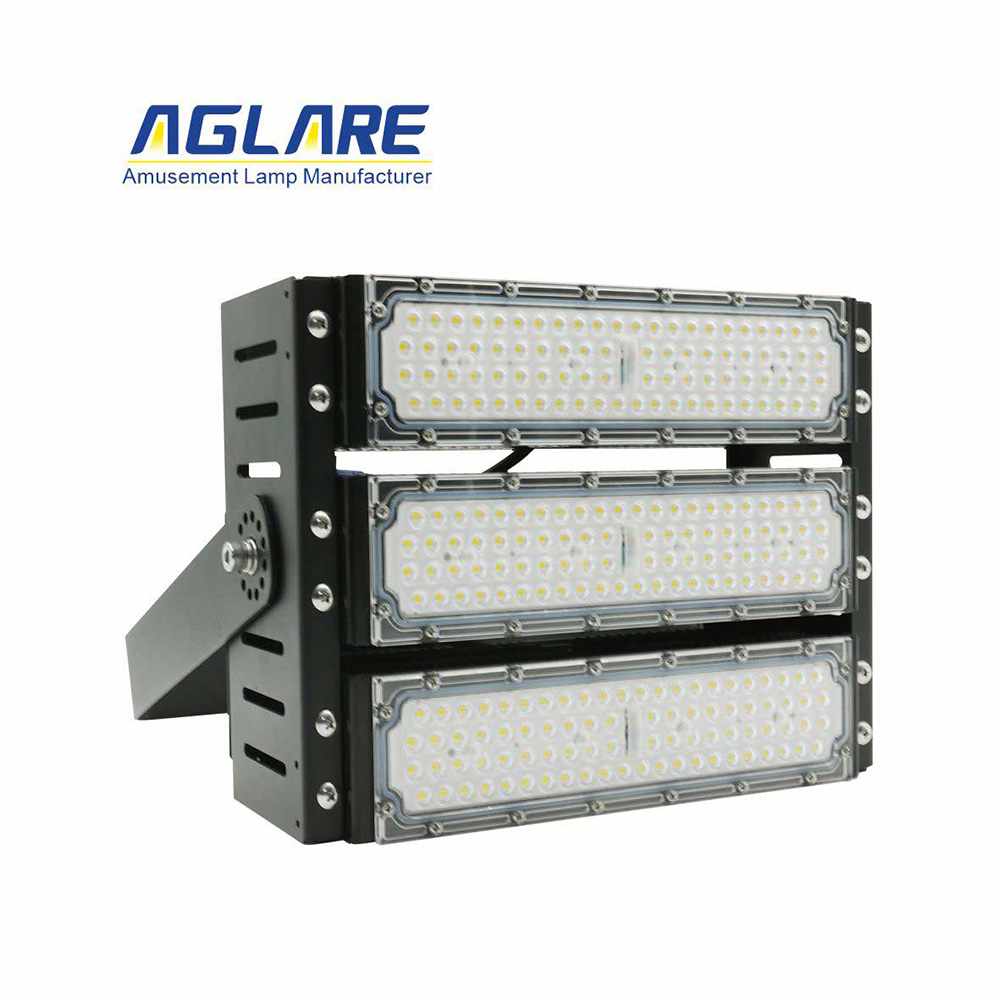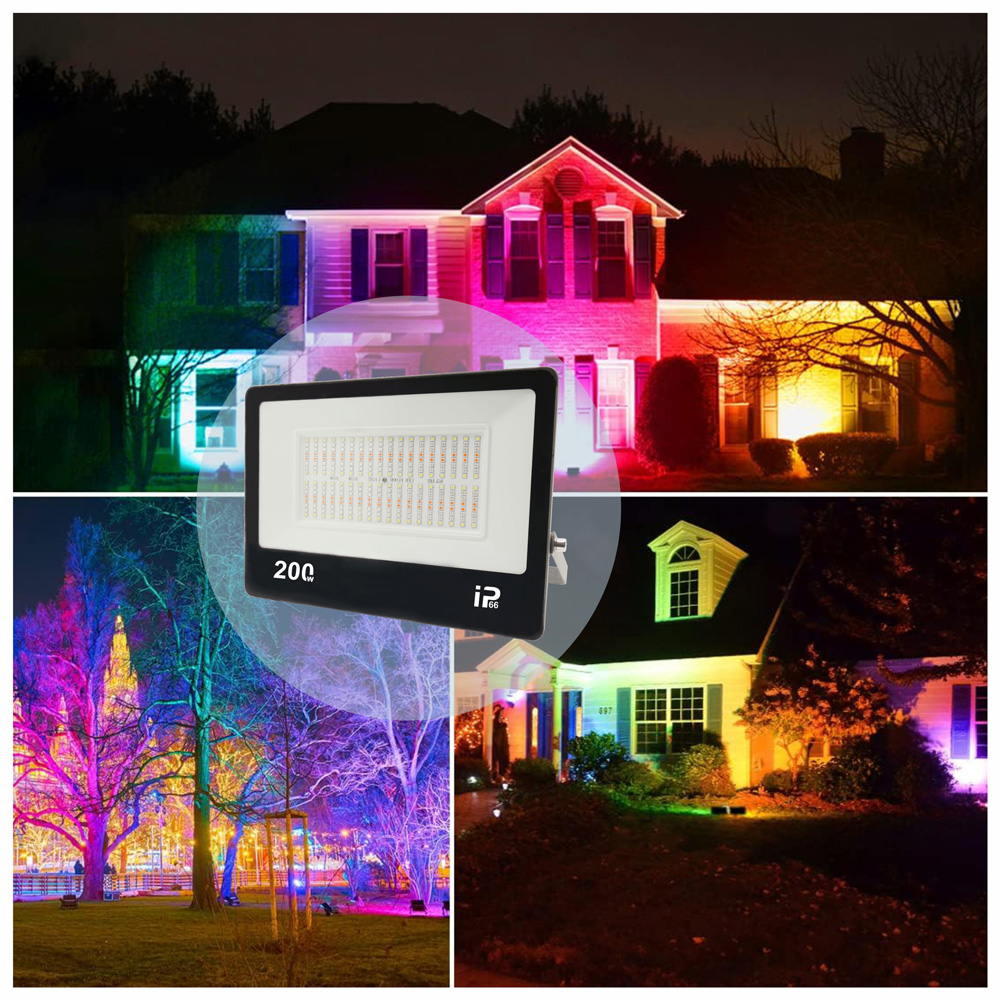-
Products Center
- Module LED Flood Lights
- 100 Series Module LED Flood Lights
- 300 Series Module LED Flood Lights
- 400 Series Module LED Flood Lights
- 600 Series Module LED Flood Lights
- 700 Series Module LED Flood Lights
- 800 Series Module LED Flood Lights
- Cast Aluminum LED Flood Lights
- 100 Series Cast aluminum LED Flood Lights
- 200 Series Cast aluminum LED Flood Lights
- 400 Series Cast aluminum LED Flood Lights
- Street LED Lights
- 100 Series COB LED Street Lights
- 200 Series SMD LED Street Lights
- 300 Series COB LED Street Lights
- 400 Series SMD LED Street Lights
- Application Area
- Certificate Center
- Technical Support
- Contact US

What Wattage is Best For Outdoor Flood Lights
- date: 2024-06-08
- category: Industry knowledge
- click:
As a common lighting equipment, outdoor LED floodlights have been widely used in urban landscape lighting, building lighting, square lighting and other fields. However, there are various LED floodlights with different powers and waterproof levels on the market, and consumers may be confused when faced with many choices. This article will provide you with some references from the aspects of 10w-50w, 100w, 150w, 200w parameters, waterproof principles and levels, installation methods, characteristics and precautions to help you choose the right outdoor LED floodlight.
What wattage is best for outdoor flood lights? The best wattage (power) of outdoor floodlights depends on the specific usage scenario, lighting requirements, site size, expected light intensity and environmental factors. Here are some reference standards and suggestions:

1. Small range and use: family courtyards, entrances, porches, 20-30 watt LED floodlights are enough to provide warm lighting.
2. Medium areas: parks, commercial areas, parking lots, small squares, 30-50 watt LED floodlights, ensure uniform lighting, depending on the specific site size adjustment.
3. Large space: sports field, square, large parking lot, airport, 100w, 150w, 200w or above LED floodlight, or even higher, according to the need for high illumination and distance adjustment.
4. Billboard: Floodlight, 10-50 watts, depending on the size of the billboard and the night effect, too bright will interfere.
5. Landscape: flexible, 30-100 watts, emphasis, decoration, depending on the effect and atmosphere creation, low wattage is more energy-efficient.
Consider the luminosity requirements, beam angle, uniformity, not just wattage when choosing. High-efficiency LED can provide the same illumination with low wattage. Consider the environment, such as high light pollution restrictions, and use lamps with less light pollution. Intelligent control and dimming systems can adjust the light intensity as needed, which is more energy-efficient. Finally, consult a professional lighting designer or manufacturer to customize the plan according to the actual project.



